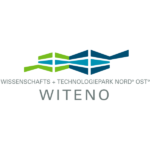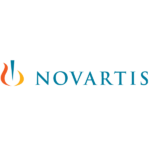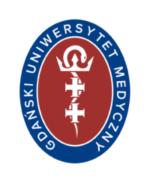Ex vivo lung perfusion increases the number of available donor organs for transplantation
The key problem in organ transplantation remains the shortage of available donor organs. A solution to overcome this persistent problem, is to extend the inclusion criteria of donor organs. Ex vivo lung perfusion (EVLP) is a technique developed to counteract the increased risk which follows.

The key problem in organ transplantation remains the shortage of available donor organs. In a time where potential donors and patients are aging, traffic safety is improving and hospital logistics are challenged more and more, it is more likely that this gap will grow than that waiting lists will shorten. A solution to overcome this persistent problem, is to extend the inclusion criteria of donor organs. Accepting organs of lower than optimal quality due to for example age or cause of death will increase the potential supply of organs significantly. However, the downside of accepting sub-optimal donor organs is reduced success rates due to higher risk of non- or poor functioning of the organs.
Ex vivo lung perfusion (EVLP) is a technique developed to counteract this increased risk in two ways: first, EVLP improves the method of preserving donor lungs while outside the body. Instead of having to survive in a cold static solution, the lungs are continuously perfused with warm optimized perfusion solution and ventilated. This more physiologic and friendly environment enables a more optimal preservation for sub-optimal organs and thus a decreased risk of failure. Second, since EVLP provides near-physiologic support of donor lungs, functional assessment to judge viability of the lungs is now possible. Pre-transplant viability analysis forms a key tool for transplant surgeons to accept organs discarded before (thus increasing the donor pool), or reject organs accepted before (thus increasing transplant success rates).
The Lung Assist for ex vivo lung perfusion (figure 1) is developed by Organ Assist (Groningen, The Netherlands) based on proprietary organ perfusion techniques, in close cooperation with the thoracic surgery department of the University Medical Center Groningen (Groningen, the Netherlands). The EVLP technique with the Lung Assist is successfully implemented first in the UMCG, resulting in transplantation of formerly discarded donor lungs, but made suitable using EVLP. The combination of improved preservation and viability assessment, even showed functional improvement of these lungs over time during EVLP, making it a strong and successful reconditioning tool as well.
The UMCG has implemented EVLP in clinical practise and increased their number of lung transplantations significantly. Organ Assist successfully introduced the Lung Assist, and other organ perfusion devices, worldwide and continues to innovate in the field of organ perfusion and transplantation.
ScanBalt News
17 March 2025
LifeScience4EU Conference 2025 | 15-16 May | Krakow











